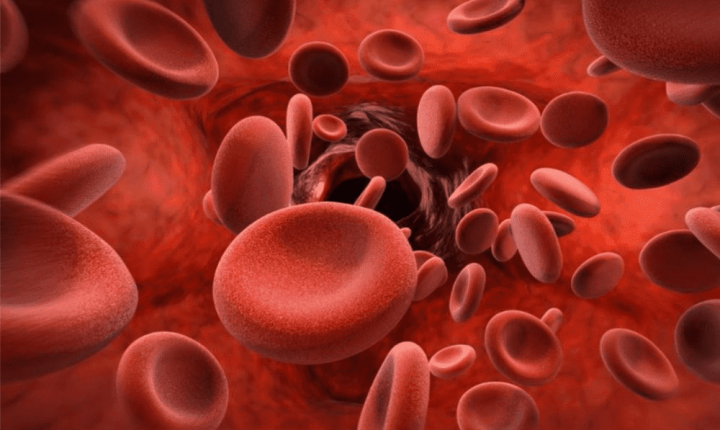What is Platelet Rich Plasma (PRP)?

Platelet Rich Plasma therapy (PRP) is one treatment that is included in the discipline of “Regenerative Therapies”. It is a non-operative treatment option that relieves pain and promotes the healing of damaged tissues. Although whole blood is primarily composed of a liquid called plasma, it also contains solid components such as red blood cells, white blood cells, and platelets. Platelets are best known for their importance in the process of the body's ability to form clots that stop bleeding. PRP preparations secrete, or release, many growth factors at high concentrations. PRP contains appropriate proportions of certain factors necessary for wound healing. Most research indicates that a 5 times content of normal platelets can contribute to effective regeneration by PRP with higher concentrations not inducing a better result.
Many patients have attributed PRP injections, particularly for athletic injuries, with enabling them to return back to regular activities and competition sooner and with minimal to no pain at all. This rapidly emerging technique has shown positive results for many conditions such as arthritis, tendonitis, and ligament sprains and tears. PRP therapy presents patients with a long lasting solution using the body's natural healing process.
How does PRP Work?
Packed with growth and healing factors, PRP initiates repair and promotes mesenchymal progenitor stem cell proliferation. PRP’s natural healing process intensifies the body’s efforts by delivering a higher concentration of platelets directly into the area in need. To obtain PRP, a small sample of your blood is drawn (similar to a lab test sample) and placed in a centrifuge that spins the blood at high speeds, separating the plasma and platelets from the other blood components. The process produces a highly concentrated solution of platelets and the beneficial growth factors. The PRP is then injected into and around the point of injury, jump-starting and significantly strengthening the healing process.
What conditions are commonly treated with PRP?
- Osteoarthritis of joints including the knees, shoulders, and hips
- Bursitis
- Ligament Injuries
- Epicondylitis (for example tennis elbow)
- Plantar fasciitis
- Tendinitis
Marques L. F. et al. Platelet-rich plasma (PRP): methodological aspects and clinical applications. Platelets. 2014; 26: 101-113.
Marx R. E. Platelet-rich plasma: evidence to support its use. Journal Oral Maxillofacial Surg. 2004; 62:489-496.
Yun Qian et al. Platelet-rich plasma derived growth factors contribute to stem cell differentiation in musculoskeletal regeneration. Frontiers in Chemistry. 2017; 5:89.
For more information or to schedule a consultation with one of our board certified physicians – Dr. Knighton, Dr. Chinthagada, Dr. Yuk and Dr. Kush at Valley Neurology and Pain, call 602-795-0207.
Valley Neurology and Pain is located in Peoria and Phoenix.

